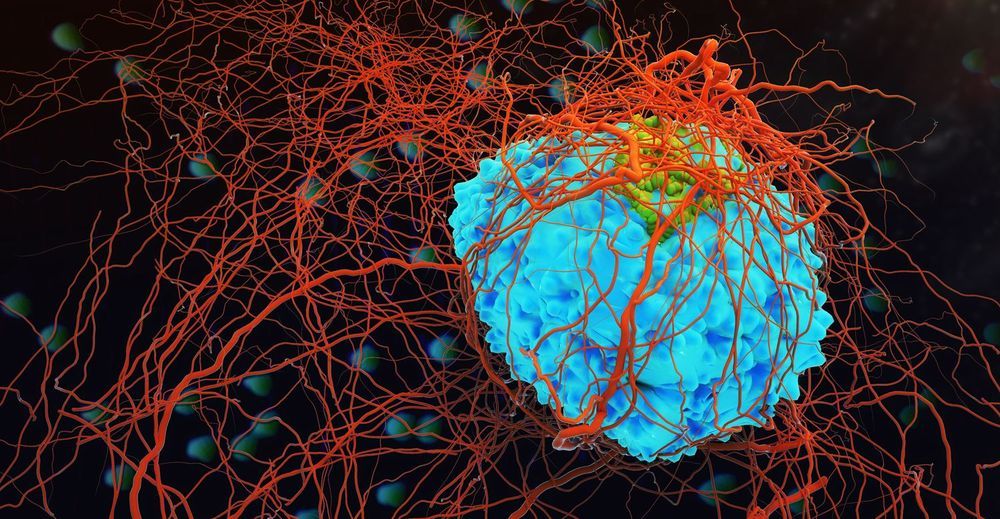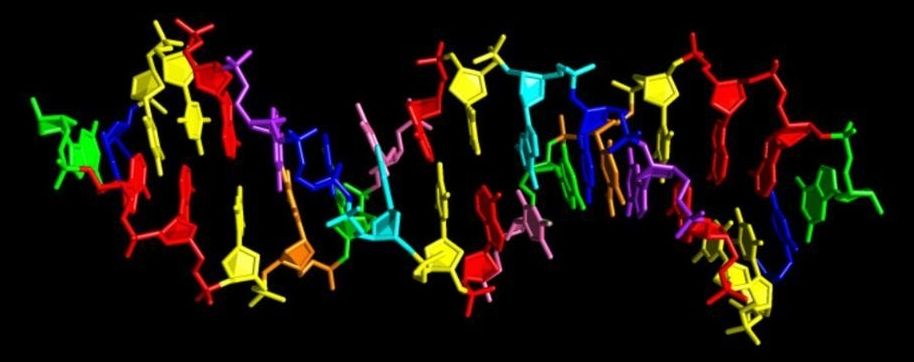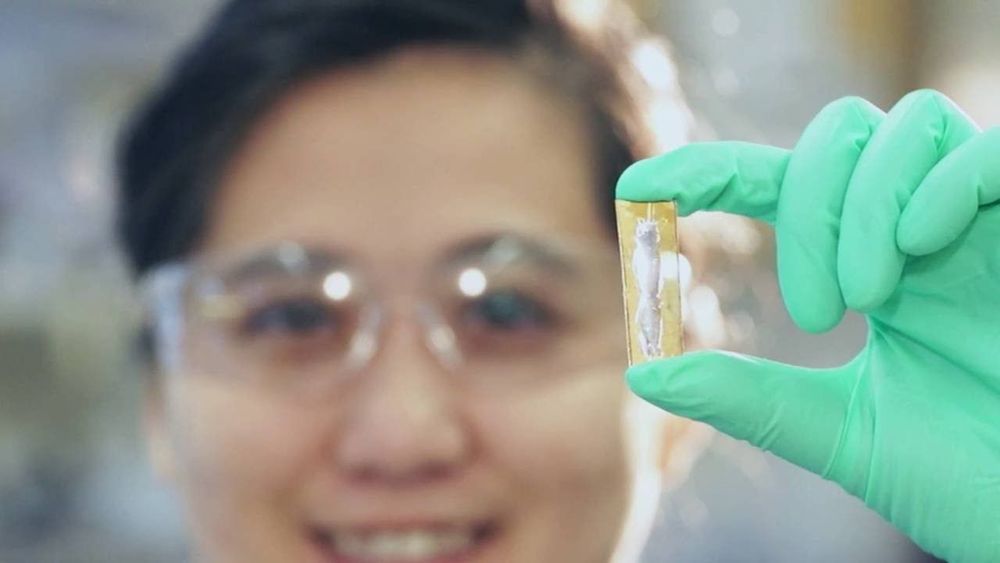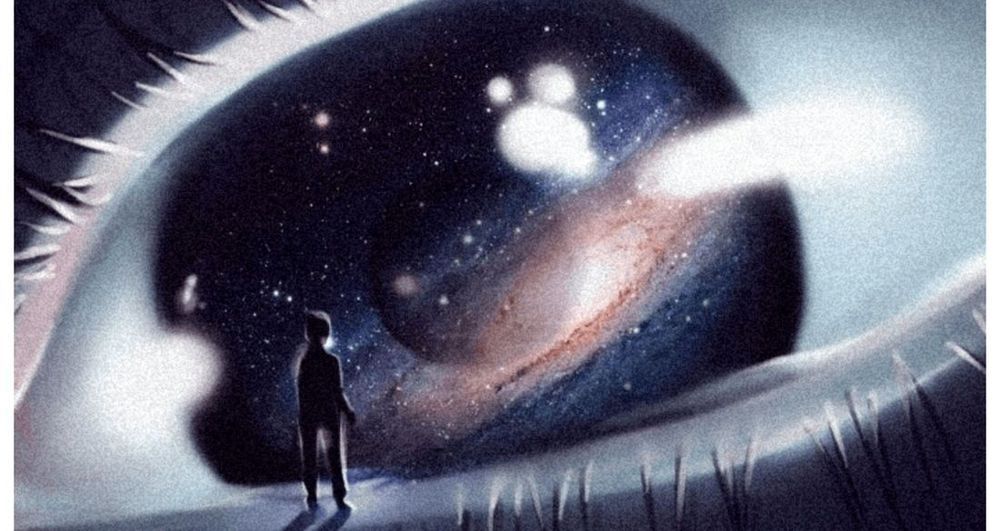
It is a crazy thought, right?! To think that mushrooms could be alien life. But before you dismiss the idea, take a look at some of principles of the theory. The main concept was formulated by the ingenious psychonaut philosopher Terrence McKenna, and goes along following lines.
Like no other form of life on our planet, the spores of mushrooms are almost perfectly suited to space travel. They can survive high vacuum and insanely low temperatures; the casing of a spore is one of the most electron dense materials in nature, to the point where McKenna says it is almost akin to a metal; global currents are even able to form on the quasi-metallic surface of an airborne spore, which then acts as a repellent to the extreme radiation of space. It is a mind boggling thought that something could evolve to be so perfectly suited to explore the universe.
If a civilization is advanced enough, then chances are their concepts and understanding of reality would far outweigh ours. If they were advanced enough to be able to change their very genetic structure, then there would be a lot of merit in changing/evolving into a mushroom. Mushrooms are highly resilient, non-invasive, practically immortal, full of neurotransmitters, and able to weather space. It would be the perfect way to explore and colonize the galaxy. Plus once mushrooms establish themselves, they create an underground neural network of mycelium that highly resembles the neural networks of the human brain or the internet.
Read more









